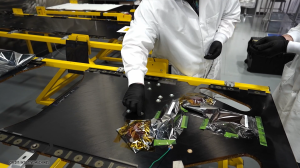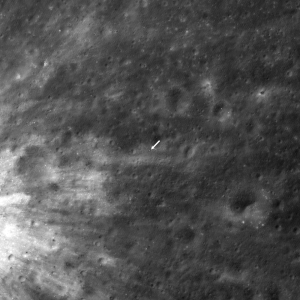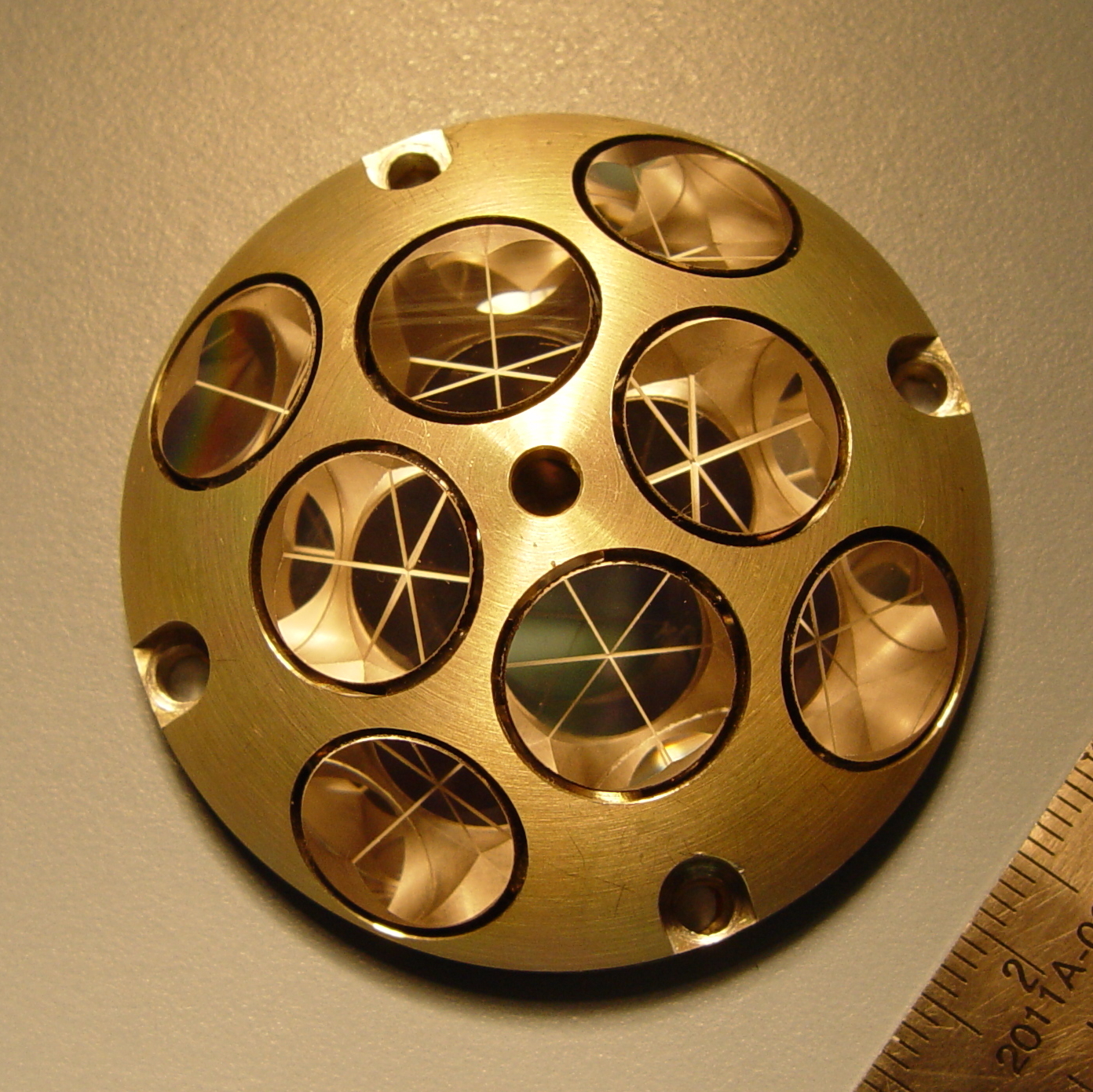On Feb. 22, Intuitive Machines’ Nova-C lander, called Odysseus, completed a seven-day journey to lunar orbit and softly landed near crater Malapert A in the South Pole region of the Moon at 6:24 p.m. EST. On Feb. 24, NASA’s Lunar Reconnaissance Orbiter (LRO) spacecraft passed over the landing site at an altitude of about 56 miles (90 km) and photographed Odysseus.
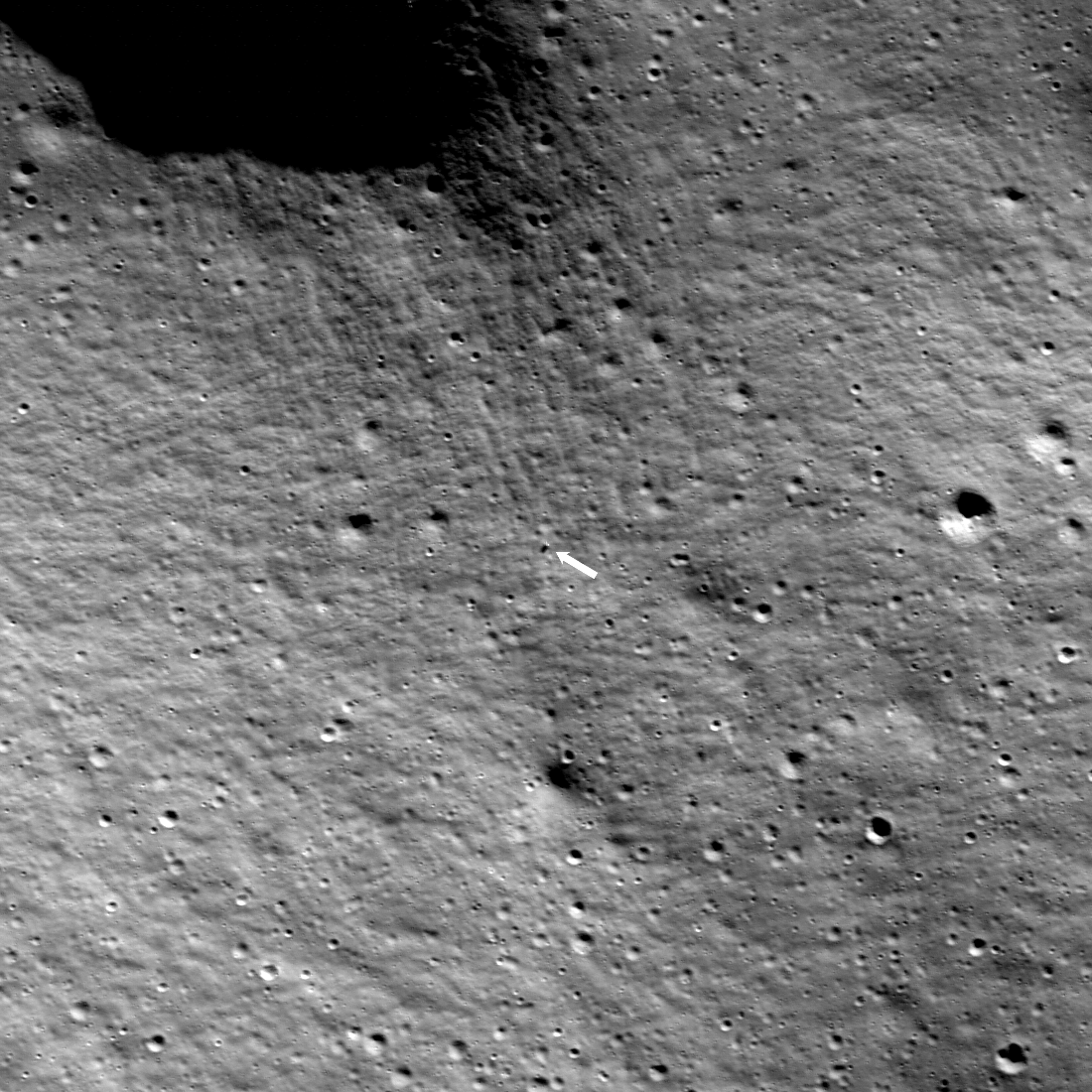
Odysseus came to rest at 80.13 degrees south latitude, 1.44 degrees east longitude, 8,461 feet (2,579 meters) elevation, within a degraded one-kilometer diameter crater where the local terrain is sloped at 12 degrees.
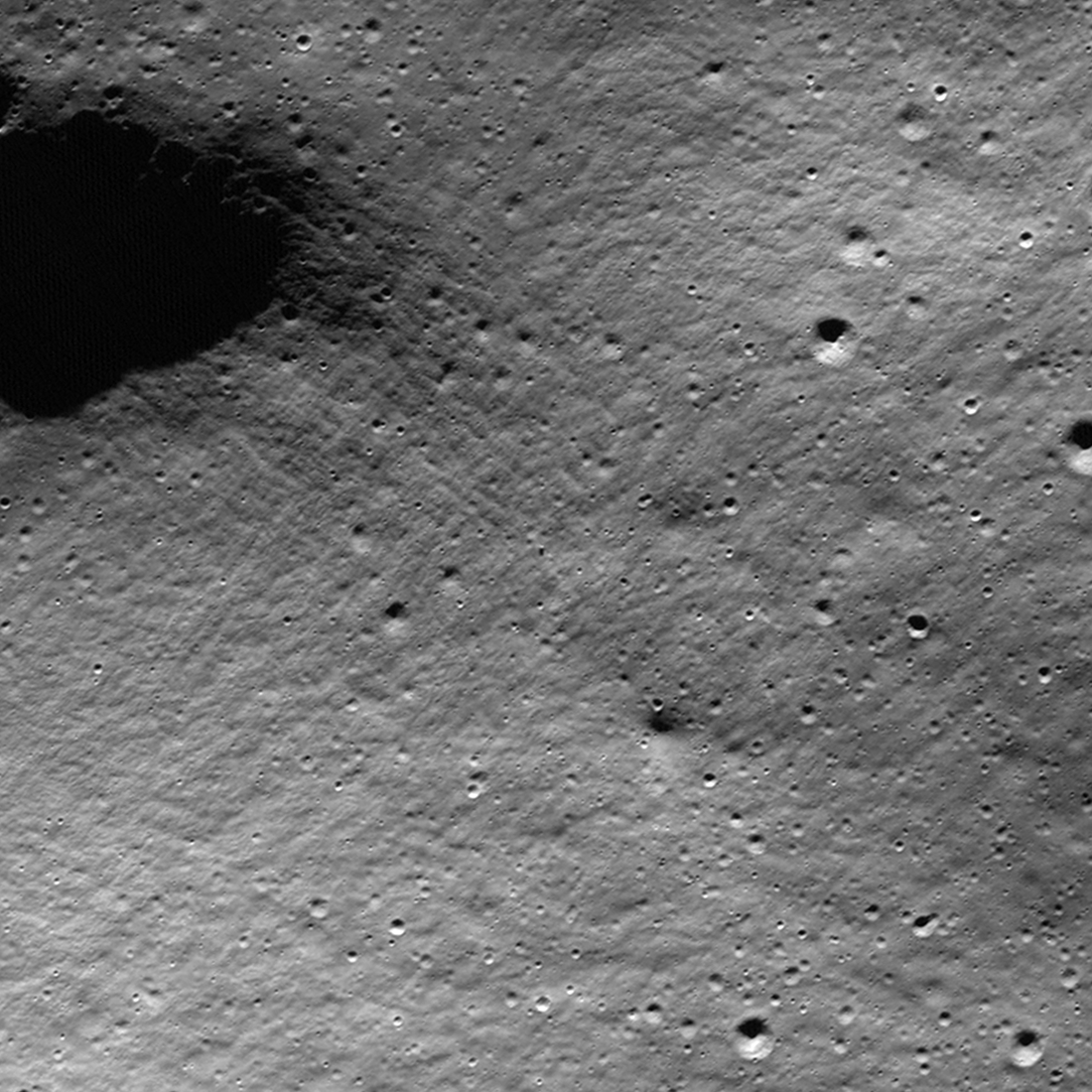
Odysseus marks the first successful soft landing of NASA’s CLPS (Commercial Lunar Payload Services) initiative and the first time that new NASA science instruments and technology demonstrations are operating on the Moon in more than 50 years.

LRO is managed by NASA’s Goddard Space Flight Center in Greenbelt, Maryland, for the agency’s Science Mission Directorate at NASA Headquarters in Washington. Launched on June 18, 2009, LRO has collected a treasure trove of data with its seven powerful instruments, making an invaluable contribution to our knowledge about the Moon. Arizona State University manages and operates the Lunar Reconnaissance Orbiter Camera, LROC.
Media Contact:
Nancy N. Jones
NASA’s Goddard Space Flight Center, Greenbelt, Md.
Share
Details
Related Terms
from NASA https://ift.tt/I4BMAZJ

